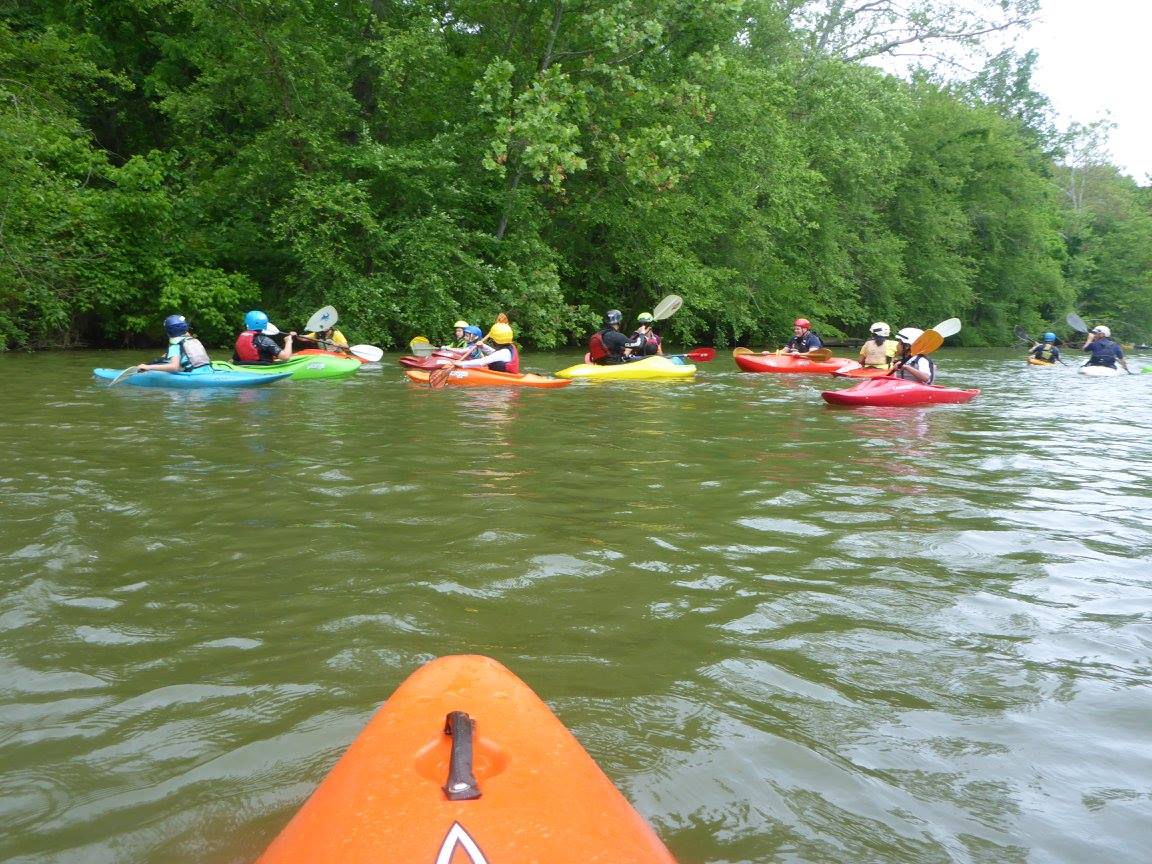ACA Level 2: Essentials of River Kayaking
We will be using the ACA recommended Kayak Class agenda for this class. I often combine Level 1 skills with Level 2 skills in my classes but this class can be completed in a one day class. How much is covered depends a great deal on students experience and preparation. As a general rule, instructors tend to focus on topics that provide the most value to their class makeup. The ACA class agenda we are using is: ACA Level 2: Essentials of River Kayaking.
Site Logistics
We hold this class on both US Park Service Property and parklands controlled by Maryland whom has jurisdiction over the waterway. Parking is limited at Lock 5 so we highly recommend arriving by 7:30 AM so we can organize parking and leave spaces for other visitors and park service vehicles. Please use discretion when changing clothes as many park visitors pass by this area. Leave no trace is always a good rule to follow. Although Lock 5 has restroom facilities, they may be out of order the day of the class. We are very fortunate to have such a great place to run our training classes - please treat this area with respect so we are always welcome in the future.
 This website is a compilation of a number of articles and various web resources that cover all topics listed in the ACA (American Canoe Association) Level 2: Essentials of River Kayaking suggested curriculum. The ACA L2 class is suitable for beginning kayakers and prepares students for dealing with moving water features. This class provides a nice entry point for novice whitewater runs.
This website is a compilation of a number of articles and various web resources that cover all topics listed in the ACA (American Canoe Association) Level 2: Essentials of River Kayaking suggested curriculum. The ACA L2 class is suitable for beginning kayakers and prepares students for dealing with moving water features. This class provides a nice entry point for novice whitewater runs. 